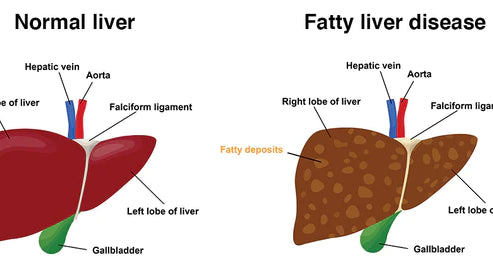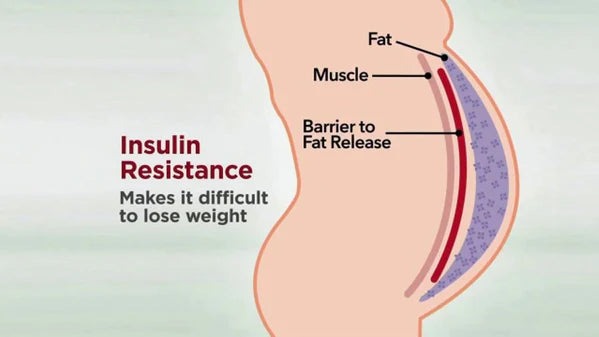News
10 Common Weight Loss Struggles & How To Overcome Them
Losing weight is never just about eating less and moving more. It’s a complex journey influenced by your body, mind, habits, and lifestyle. If you’ve ever felt stuck, frustrated, or...
Tummy Tuck Water
A detox water regimen is a popular way to stay hydrated while supporting your body's natural detoxification process. Detox waters typically involve infusing water with fruits, vegetables, and herbs that...
Castor Oil Packs - How To Make It & What It Can Do For You
Castor oil packs are a popular natural remedy believed to offer various health benefits. A castor oil pack is a natural therapeutic treatment that involves soaking a cloth (often flannel...
Shapewear - What Is It & What Can It Do For You?
What is Shapewear? Shapewear is an undergarment that uses targeted compression to help shape your body. It can be worn under clothing as an extra layer of smoothing or shaping power,...
Detox Solutions. What Are They & Are They Right For You?
What Is Detoxing? Detoxing is the process of removing toxins and impurities from the body through adopting a healthy diet and flushing the system. The recommended duration of your detox...
How to Naturally Lose Weight Fast (2023)
Mindful eating is a practice where people pay attention to how and where they eat food. This practice can enable people to enjoy the food they eat and maintain a healthy weight Trusted Source .
What is Fructose? Effects of Changing Habits
Fructose is a naturally occurring sugar that can often be found in the presence of glucose. The digestion of fructose occurs via sugar transporters in the small intestine.
Best Keto Recipes For Weight Loss 2023
When you are on a keto diet, and trying to lose your weight fast, staying under the carb is more difficult for us. I’m sharing some delicious and healthy keto recipes under 5 carbs.
Belly Fat and Fatty Liver
Fatty liver is also known as hepatic steatosis. Fatty liver is common, particularly in people with diabetes and who are overweight. Doctors sometimes call fatty liver disease a Silent Disease. This is because a person might not experience any symptoms, even as the disease progresses.
Insulin Resistance and Weight Loss
Insulin resistance starts out as too much insulin, which is often released to manage glucose from the diet, but also in response to stress. If the levels of insulin stay high constantly and over time, the cell will attempt to dampen the response to meet its needs by reducing the number of gates available for glucose to pass through, thus creating the state of insulin resistance.
Intermittent Fasting: What is it, and how does it work?
Intermittent fasting is an eating plan that switches between fasting and eating on a regular schedule. Research shows that intermittent fasting is a way to manage your weight and prevent — or even reverse — some forms of disease. But how do you do it? And is it safe?
Do Waist Trainers Work? A Look at the Benefits and Cautions
Do waist trainers work? They’re certainly popular, but it’s a question I hear a lot as a health and fitness professional. You might be curious about what the benefits of a waist trainer would be, and also the possible risks that go along with wearing a waist trainer.











